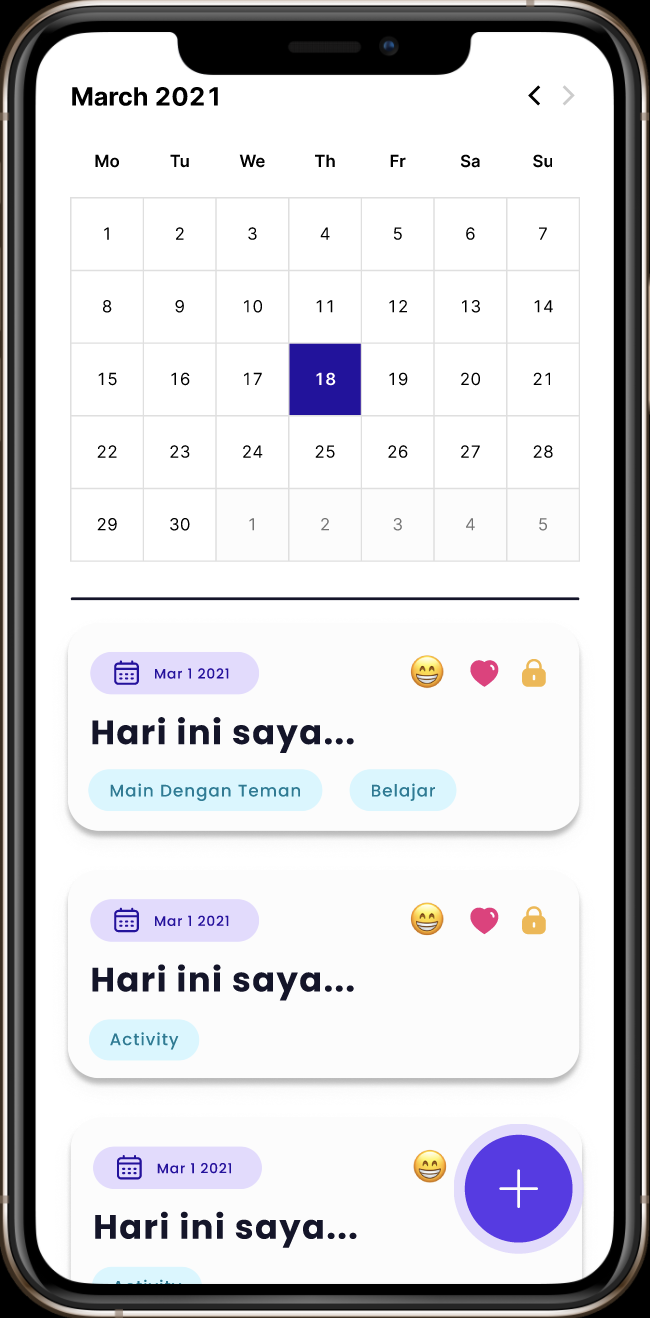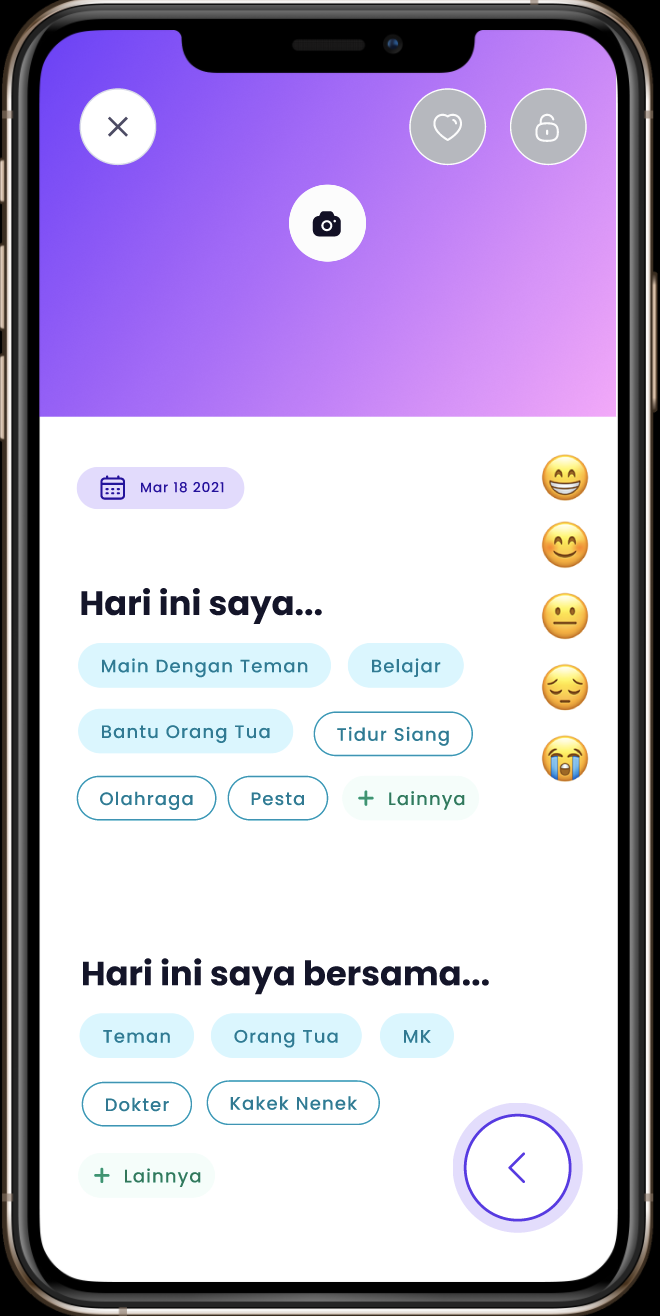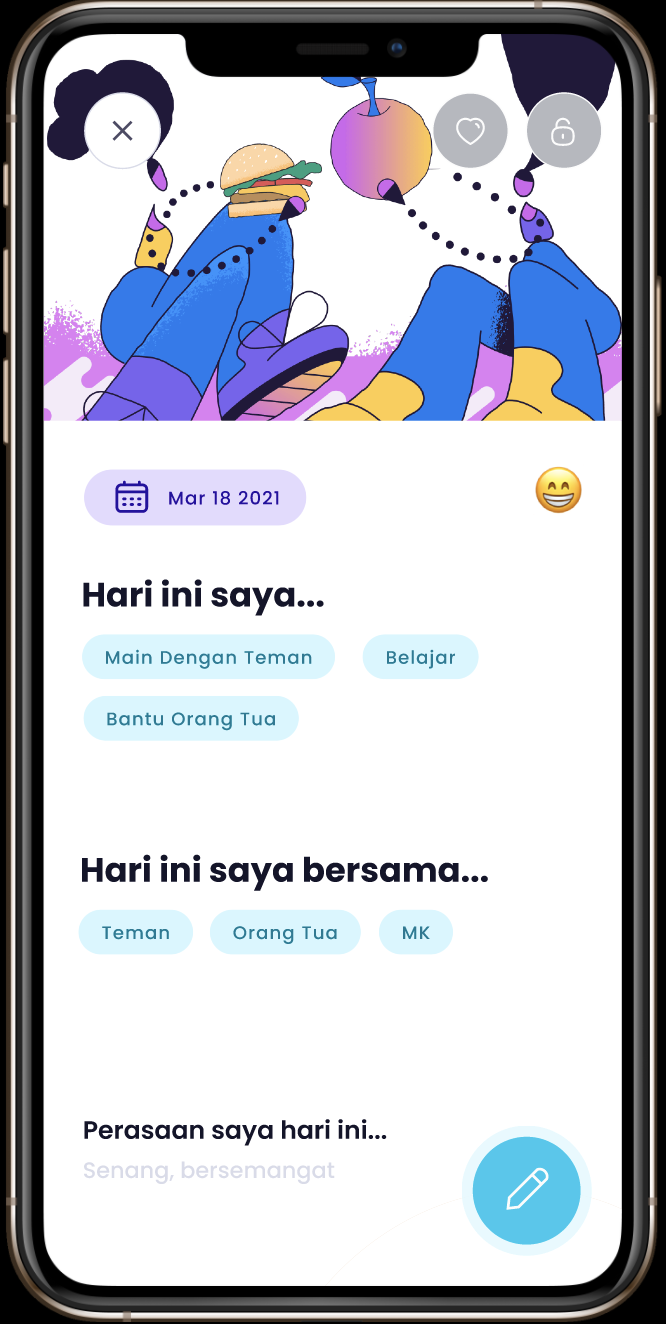Suffering can be simply defined as “the state of undergoing pain, distress, or hardship.” The process of suffering however, be it emotionally, physically, psychologically, or otherwise, can be intrinsically different, invisible or visible and never-ending.
I have been thinking about this topic as of late and how to view suffering as a worldwide phenomenon as opposed to a personal one. As a species, we have an insatiable drive to maximize our personal happiness, status, and health. In economics, these goals are encompassed by one word: utility. Conversely, suffering encompasses all of the negative parts of life which we humans strive to eliminate from our lives, like hunger, disease, and poverty.
So, how would I be a part of this effort to eliminate suffering from our lives? I began with what I know and am familiar with: technology. Using technology to solve problems.
My co-founder, Kaitlyn Gosakti, and I spent two weeks shadowing healthcare workers at an Indonesian HIV organization, Lentera Anak Pelangi, to understand how we could make an impact at scale. While following these healthcare workers around, we noticed that they were travelling frequently to visit each child’s house to gather information about the child’s condition. Some of the healthcare workers were visiting up to 8 houses each day, spending 4 hours on their motorcycles, amounting to 24 hours per week or about 4 days per month! Many of these tasks – such as obtaining medical records and metrics, reminding children to take their medication, and communicating with the children – could be automated, reducing travel time and improving overall efficiency.
We decided to develop an app which optimizes healthcare workers and thereby improves outcomes. We titled the app Technology for Life (TFL). TFL aims to automate data collection, send push notifications for important tasks, and facilitate overall communication via peer support groups and a diary. We narrowed our vision for the app: to increase the effectiveness of helping each HIV case, reduce the labor intensity of case managers, and bring children closer with peers and case managers.



Our app is just the tip of the iceberg. As a left brained technologist, I sought to quantify suffering and optimize its reduction. However, I’ve only recently realized that suffering isn’t so easy to quantify. We learned that suffering can be visible (i.e., an HIV test is either positive or negative), and invisible (i.e., the children with HIV faced social stigmas about their condition which had a detrimental impact on their well being). I had to therefore expand my thinking to solve for invisible suffering too.
However, like elements of nature which are invisible to the naked eye, “invisible” suffering can also be observed. We just need the right tools. In our case, we wanted to uncover what was previously invisible – the emotional impact of having HIV – with the tools which we have at our disposal – a mobile application and data analytics. The TFL app will track the child’s emotional state by asking them to choose an emotion for each diary entry, and will present this data to caretakers so that they can monitor the child for any emotional red flags and identify activities which result in positive emotions. Furthermore, the administrators of the program can see how different counselling approaches affect a child’s emotional state. The possibilities are inexhaustible.
As we contemplate the future, my partner and I have been in contact with UNAIDs to implement the app in other HIV organizations globally. We are also adding other features to the app, like minigames that can help these kids to bond with each other in their peer support groups and also rewards within those minigames which incentivise adherence to their prescriptions.
Be it visible or invisible suffering, technology can help to identify and alleviate suffering. TFL’s aim is to do this effectively with as many HIV patients as we can reach.


